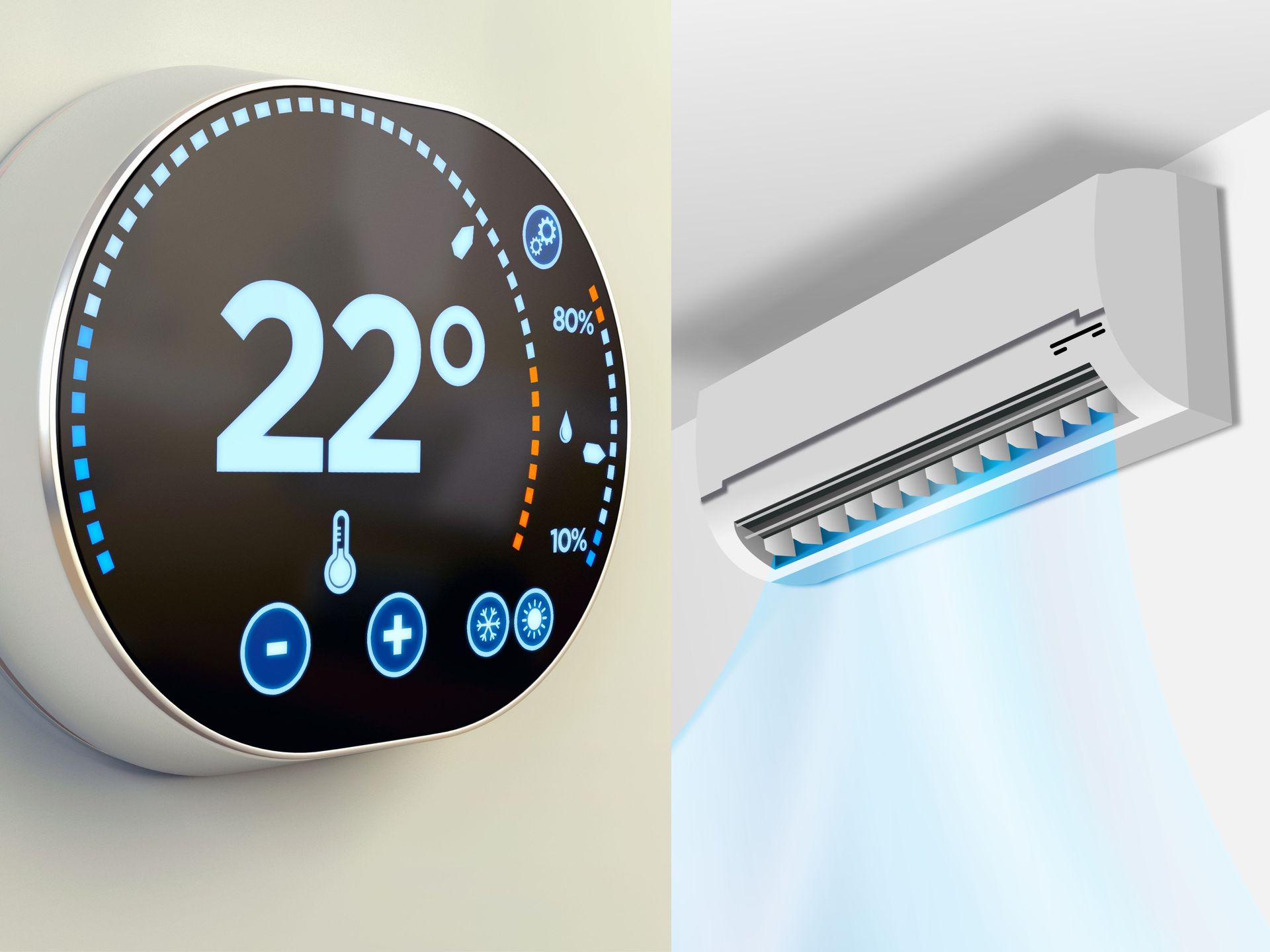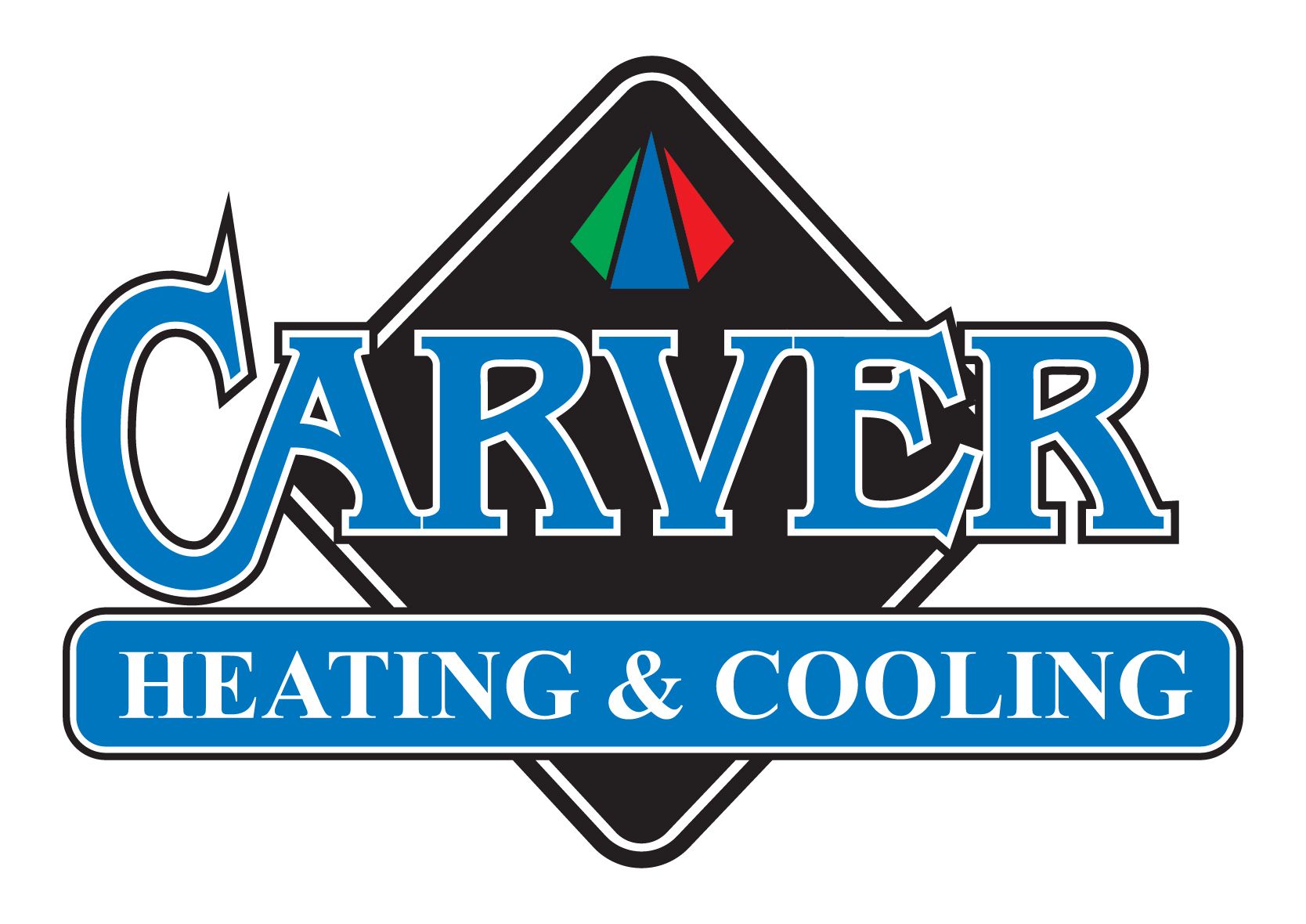Thermostat vs Air Conditioning

Thermostats and air conditioning systems are both tools that are used to regulate the temperature inside a building. However, even though they serve the same purpose, these two systems work in very different ways and have their own set of pros and cons. By understanding the differences and similarities between these two systems, you can choose the one that will best suit your needs and provide the most comfortable environment for you and your family or employees.
The goal of this article is to provide a comparison between thermostats and ACs so that you can make a well-informed decision about which system would be best for your home or business.
How Thermostats and ACs Work
- Thermostat
A thermostat is a special tool that helps you control the temperature inside your home or building. It works by sensing the temperature of the room and using that information to turn the heating or cooling system on or off. This way, the thermostat can make sure that the temperature stays at a comfortable level.
A thermostat is made up of two main parts. The first part is a temperature sensor. This is the part of the thermostat that detects the current temperature in the room. The second part is the control mechanism. This is the part that receives the information from the temperature sensor and uses it to turn the heating or cooling system on or off.
The temperature sensor is usually located on the wall and it senses the temperature of the room by using special tools. Once the temperature sensor detects the current temperature, it sends a signal to the control mechanism. Then, the control mechanism looks at the current temperature and compares it to the temperature that you want. If the current temperature is different from the desired temperature, the control mechanism will turn the heating or cooling system on or off to bring the temperature back to the desired level.
- Air Conditioner
An air conditioning system, also known as an AC system, is a tool that helps you keep the air inside your home or building cool. Unlike a thermostat, which controls the temperature by turning the heating or cooling system on or off, an AC system uses a special process called the refrigerant cycle to cool the air.
The AC system is made up of several different parts. The first part is the compressor. The compressor is responsible for squeezing the refrigerant, which is a special type of fluid that is used to cool the air. When the compressor squeezes the refrigerant, it becomes hot and under high pressure.
The next part is the evaporator coils. The evaporator coils are located inside the building and they receive the hot, high-pressure refrigerant from the compressor. As the refrigerant flows through the evaporator coils, it releases its heat, which causes it to cool down and become a low-pressure liquid.
The last part is the condenser coils. The condenser coils are located outside the building and they receive the cooled, low-pressure refrigerant from the evaporator coils. As the refrigerant flows through the condenser coils, it releases its heat to the outside air. This causes the refrigerant to return to its original high-pressure, hot state, and the cycle starts again.
While both thermostats and ACs are designed to control the temperature of a building, they differ in their methods of operation and the types of systems they can control. Thermostats are primarily used to control heating systems, while ACs are used to control cooling systems.
Advantages and Disadvantages of Thermostats and ACs
- Thermostat
Thermostats have several advantages, including energy efficiency, cost-effectiveness, and flexibility. They can be easily programmed to maintain a specific temperature, which can help reduce energy consumption and lower utility bills. Additionally, thermostats are relatively inexpensive and easy to install and maintain.
However, thermostats have some limitations. They are not designed for powerful cooling and may not be sufficient in extremely hot climates. Additionally, regular maintenance is required to ensure that the thermostat is working correctly.
- Air Conditioner
ACs, on the other hand, provide powerful cooling and improve indoor air quality by removing humidity. They can be a good option in extremely hot climates where thermostats may not be sufficient. However, ACs consume a lot of energy, and the installation and maintenance can be costly.
Applications of Thermostats and ACs
Thermostats are devices that are mainly used in homes and businesses to control the temperature of the building. They can be used with a variety of different heating systems, including furnaces, boilers, and heat pumps. These heating systems are used to keep the building warm during the colder months of the year.
A thermostat works by sensing the temperature of the room and then turning the heating system on or off as needed to maintain a comfortable temperature. The thermostat is a convenient and efficient way to control the heating system, as it can be set to automatically adjust the temperature based on the time of day or the weather outside. This means that you don't have to manually turn the heating system on and off, and you can be sure that your home or business will always be at a comfortable temperature.
Air conditioning systems, or ACs, are different from thermostats in that they are primarily used to cool buildings. They are used in both residential and commercial settings, and can be used to cool a wide range of buildings, from large office buildings and shopping centers to smaller homes and apartments. An AC system works by using a refrigerant cycle to cool the air inside the building.
The system is made up of several different parts, including a compressor, evaporator coils, and condenser coils, that work together to cool the air. The refrigerant is compressed in the compressor and then flows through the evaporator coils, where it releases its heat and cools down. The cooled refrigerant then flows through the condenser coils, where it releases its heat to the outside air, and the cycle starts again.
The AC system is a powerful tool for keeping buildings cool, especially during hot weather, but it consumes a lot of energy and can be costly to install and maintain.
Conclusion
Thermostats and ACs are both effective at controlling the temperature of a building, but they have different strengths and weaknesses. Thermostats are energy efficient and cost-effective, but they have limited cooling capabilities. ACs provide powerful cooling, but they consume a lot of energy and can be costly to install and maintain.
When choosing between a thermostat and an AC, it's important to consider the specific needs of your home or business and the climate in your area. In the future, it's likely that we will see advancements in thermostat and AC technology that will make them even more energy-efficient and user-friendly.










